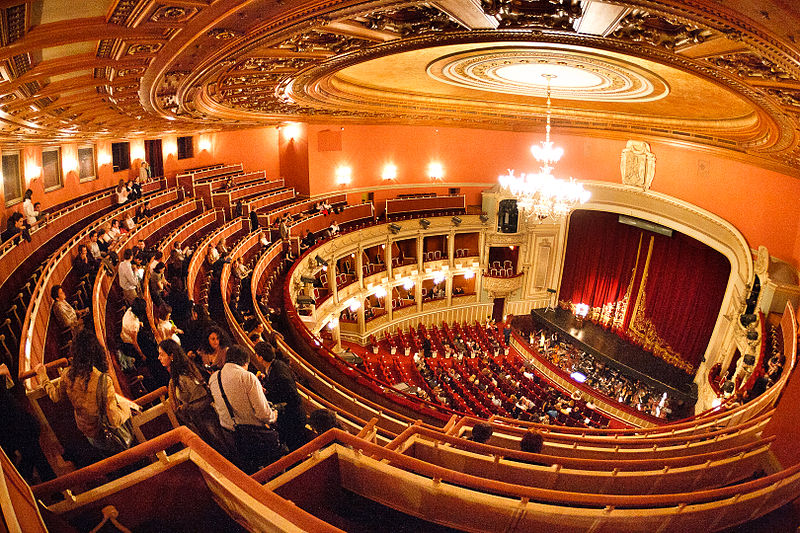Key Difference – High Culture vs Popular Culture
When discussing cultural subsets, high culture and popular culture are two categories with a key difference between them. In any society, there is a specific culture consisting of human values, attitudes, beliefs, norms, mores, histories, social taboos, etc. This culture can be divided into high and popular culture. High culture is a subculture shared by the upper class of society, whereas popular culture is a subculture shared by everyone or the majority of society. The main difference between the two cultures lies in who has access to them: the upper class has access to high culture, while the majority of people have access to popular culture.
What is High Culture?
High culture can be defined as a subculture shared by the upper class of society, or the elites. It comprises specific consumption patterns, lifestyles, literature, beliefs and attitudes, and leisure activities that distinguish the elites from the mass society. For example, high culture includes particular forms of art that the general public does not enjoy, such as appreciating Renaissance art or going to the opera. There is a debate within the humanities suggesting that the emergence of popular culture has diminished the position of high culture through mass communication and education. According to this debate, the spread of popular culture is now replacing high culture, which has traditionally operated as a societal tradition.
What is Popular Culture?
Popular culture is a subculture shared by everyone or the majority of society. Like high culture, it also has its consumption patterns, lifestyles, literature, beliefs and attitudes, and leisure activities. However, these are not as sophisticated as those in high culture, making them more appealing to the masses. Fast food chains and pop music are examples of popular culture. Initially, the term “popular culture” was associated with lower classes, but it now encompasses mass society. Experts argue that the spread of popular culture is primarily due to mass media, which is particularly evident through various TV programs such as reality shows, new genres of music, movies, and TV series. However, the impact of popular culture on people’s lives is not limited to mass media; it also includes social politics, ideologies, fashion, and technology.
What is the difference between High Culture and Popular Culture?
Definitions of High Culture and Popular Culture:
- High Culture: High culture is a subculture shared by the upper class of society.
- Popular Culture: Popular culture is a subculture shared by everyone or the majority of society.
Characteristics of High Culture and Popular Culture:
Access:
- High Culture: The upper class has access to high culture.
- Popular Culture: The majority of people have access to popular culture.
Spread:
- High Culture: High culture is now decreasing with the spread of popular culture.
- Popular Culture: Popular culture is embraced by mass society; hence its popularity is ever increasing.
Examples:
- High Culture: Opera, expensive restaurants, classical music, and renaissance art are some examples.
- Popular Culture: Fast food chains, reality shows, new genres of music and fashion are examples of popular culture.
